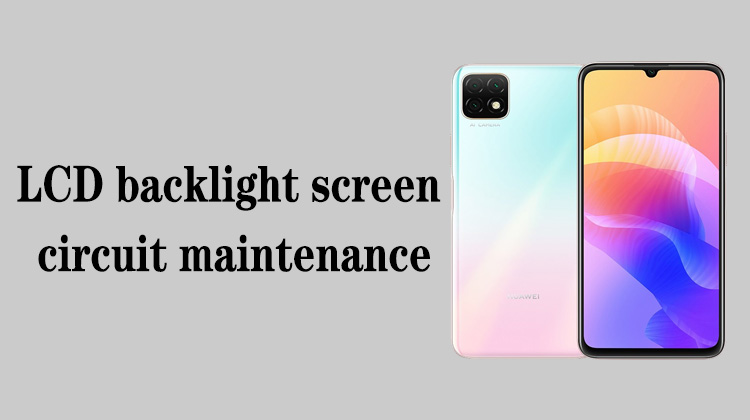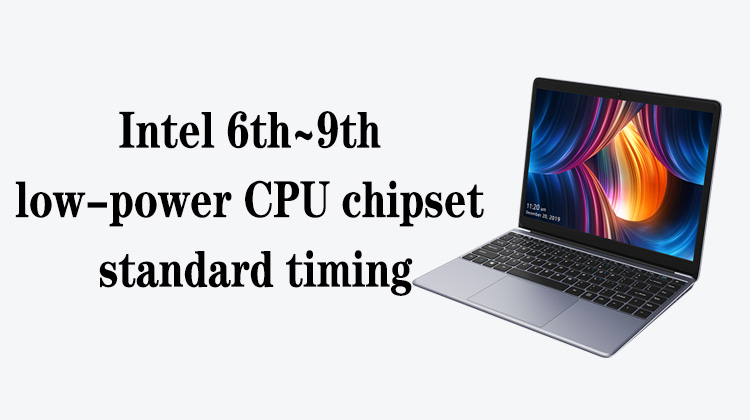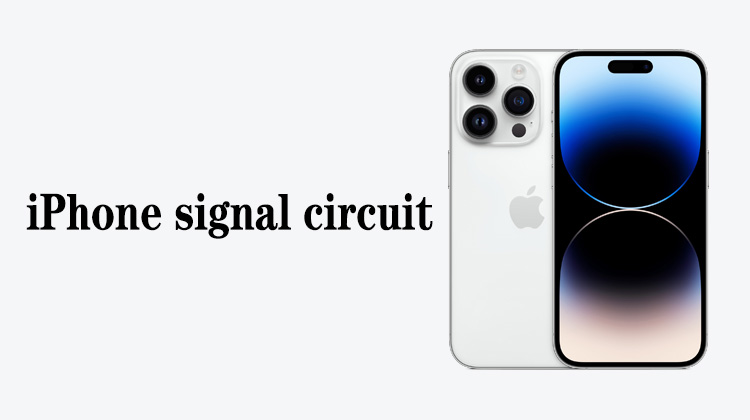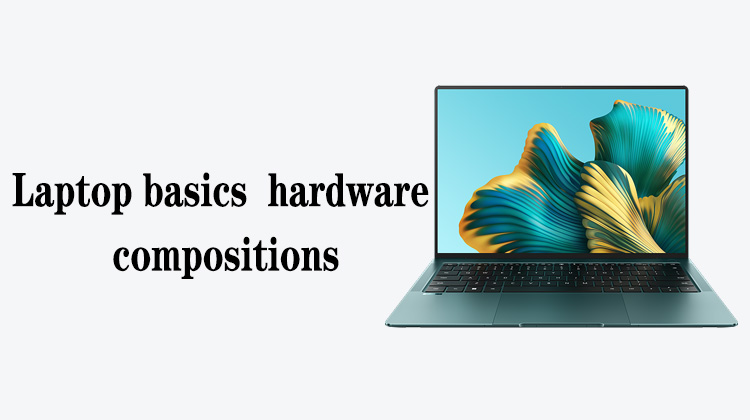1
00:00:00,333 --> 00:00:04,833
In this lesson, let's talk about the maintenance ideas of the network card that does not recognize
2
00:00:05,133 --> 00:00:08,600
The failure phenomenon of not recognizing the network card is very clear,
3
00:00:09,033 --> 00:00:12,133
that is, the network card cannot be seen in the device manager
4
00:00:13,466 --> 00:00:17,766
We can see that there are so many network card devices in the network tester
5
00:00:17,933 --> 00:00:21,966
But the devices here are not all real network cards
6
00:00:22,133 --> 00:00:27,500
Only the two in the middle are physical network cards, and the rest are virtual network cards mapped by the system.
7
00:00:27,833 --> 00:00:31,333
We must pay attention to distinguishing them
8
00:00:32,533 --> 00:00:34,000
If the network card is not recognized,
9
00:00:34,233 --> 00:00:37,666
it is generally because the working conditions of the network card are not met,
10
00:00:37,733 --> 00:00:40,166
or the chip of the network card is damaged.
11
00:00:40,300 --> 00:00:43,866
Therefore, when we do not recognize the failure of the network card during maintenance,
12
00:00:43,933 --> 00:00:47,966
we must conduct maintenance around the working conditions of the network card
13
00:00:48,400 --> 00:00:52,033
Of course, in maintenance, we still have to follow the maintenance principle of soft first, then hard,
14
00:00:52,066 --> 00:00:53,866
easy first and then difficult.
15
00:00:54,166 --> 00:00:56,733
So we have to troubleshoot the software first,
16
00:00:56,933 --> 00:00:59,966
that is, clear the CMOS or flash a new BIOS
17
00:01:00,266 --> 00:01:05,300
Use a new system to test to ensure that the network card failure is not caused by software
18
00:01:06,666 --> 00:01:11,366
Clearing CMOS is also very simple, we only need to pull out the button battery and put it on for a while.
19
00:01:13,000 --> 00:01:16,900
Next, we need to observe whether there is any physical damage near the network card
20
00:01:17,200 --> 00:01:20,166
Observation is always the preferred method
21
00:01:20,300 --> 00:01:24,000
Because many faults can be solved by observation
22
00:01:24,133 --> 00:01:27,966
For example, there are dropped parts, corrosion and broken wires next to the network card, etc.
23
00:01:28,366 --> 00:01:30,066
These obvious physical injuries
24
00:01:30,066 --> 00:01:33,733
Use the observation method to quickly find the fault point
25
00:01:34,700 --> 00:01:38,666
Further down, we need to check whether all the power supplies of the network card are normal
26
00:01:38,966 --> 00:01:40,733
Power supply is the best test
27
00:01:40,966 --> 00:01:43,733
We must pay attention when testing the power supply of the network card,
28
00:01:43,933 --> 00:01:47,533
the power supply of the network card around 1V is generated by itself
29
00:01:47,800 --> 00:01:50,233
If not, the network card may be damaged.
30
00:01:51,400 --> 00:01:56,933
Next, we need to measure whether the crystal oscillator of the network card starts to vibrate.
31
00:01:57,233 --> 00:02:00,500
This needs to be measured with an oscilloscope.
32
00:02:01,566 --> 00:02:05,133
After the power supply and clock are tested, we also need to measure the reset signal
33
00:02:05,433 --> 00:02:07,766
The reset signal is the platform reset signal
34
00:02:08,033 --> 00:02:13,400
If the power supply, clock and reset are normal, we have to check whether the PCIE bus is normal
35
00:02:13,933 --> 00:02:16,766
There are a total of six wires on the PCIE bus.
36
00:02:16,866 --> 00:02:23,166
We need to connect the ground values separately to prevent them from short circuit or open circuit.
37
00:02:23,700 --> 00:02:28,066
But it should be noted here that there is generally a coupling capacitor in the middle of the PCIE bus,
38
00:02:28,433 --> 00:02:30,966
we must pay attention when measuring
39
00:02:31,333 --> 00:02:33,733
Coupling capacitance will lead to unmeasured value
40
00:02:33,933 --> 00:02:38,066
We should measure at the end of the coupling capacitor close to the bridge
41
00:02:40,400 --> 00:02:45,300
Going down, measure whether the clock request signal REQ is low
42
00:02:45,333 --> 00:02:50,366
In other words, has the bridge received this low-level REQ signal?
43
00:02:51,200 --> 00:02:54,066
Because it is possible that the network card has lowered the REQ,
44
00:02:54,266 --> 00:02:57,733
but this low-level REQ has not been given to the bridge
45
00:02:58,466 --> 00:03:03,866
If possible, it is best to measure the PCIE bus to see if there is any waveform on its clock line
46
00:03:05,733 --> 00:03:10,866
If there is a waveform, it means that the bridge has sent the clock of the PCIE bus,
47
00:03:11,366 --> 00:03:13,733
and it must have received the REQ signal.
48
00:03:14,900 --> 00:03:20,533
The reason why the bridge does not send out the PCIE bus clock is that it does not receive the REQ signal
49
00:03:22,000 --> 00:03:26,766
If all of the above are normal, then we can only try to replace them.
50
00:03:27,000 --> 00:03:30,533
We can replace the coupling capacitor of the PCIE bus
51
00:03:30,733 --> 00:03:34,933
Because if there is a problem with the coupling capacitor and the data cannot be transmitted,
52
00:03:35,533 --> 00:03:37,400
of course the network card will not be recognized.
53
00:03:38,400 --> 00:03:41,466
Going down, we have to replace the network card test
54
00:03:41,700 --> 00:03:46,366
The probability of actual network card damage is still very high
55
00:03:46,600 --> 00:03:53,600
If we have the same network card on hand, we don't need to check these, just change a network card and test it first.
56
00:03:55,700 --> 00:04:00,200
Finally, if the network card is changed, we have also tested the above conditions, and they are all normal,
57
00:04:00,433 --> 00:04:02,700
but the network card is still not recognized.
58
00:04:03,166 --> 00:04:06,666
Then we can only try to replace the PCH
59
00:04:07,000 --> 00:04:11,600
Well, the above are the maintenance ideas for not recognizing the network card






